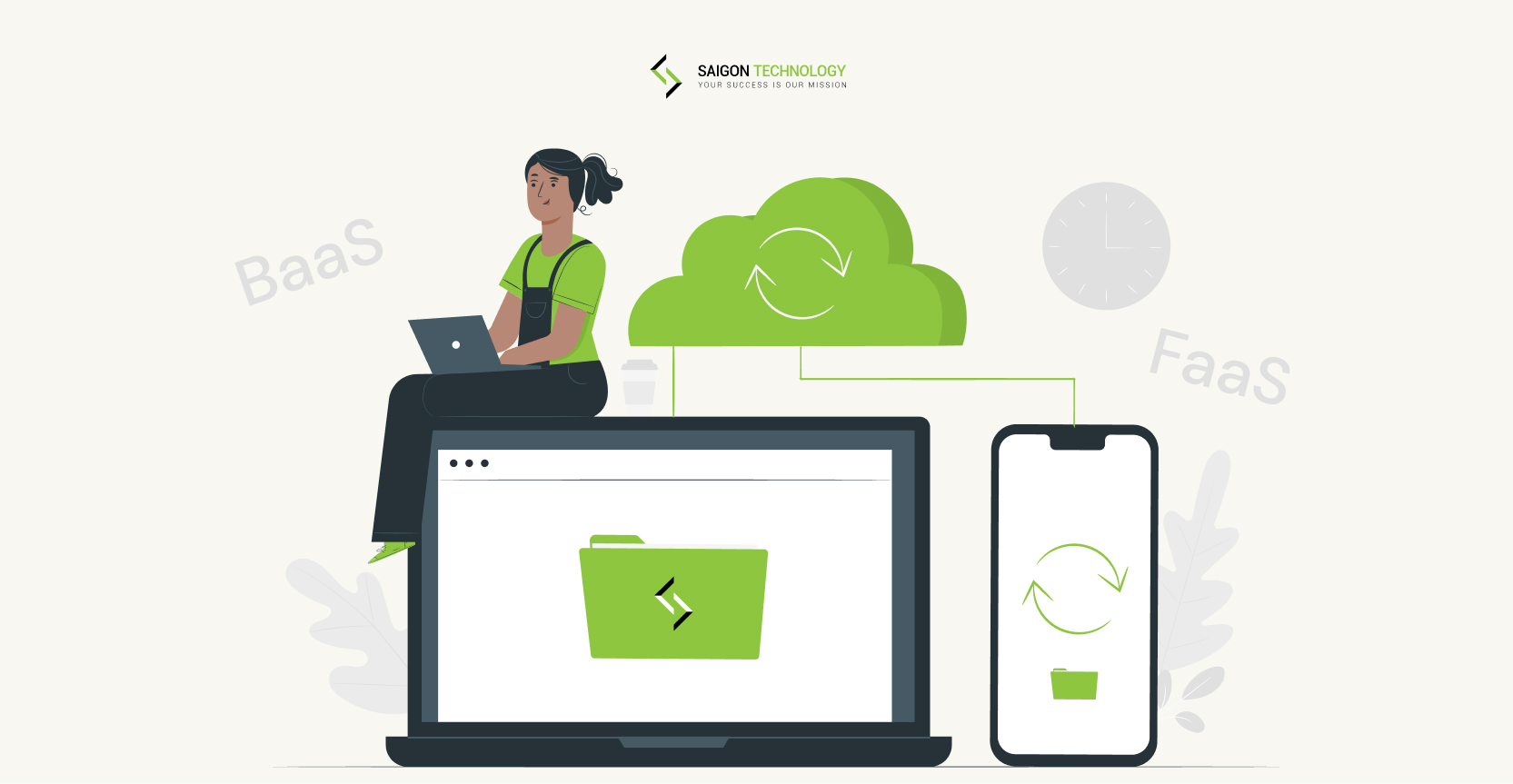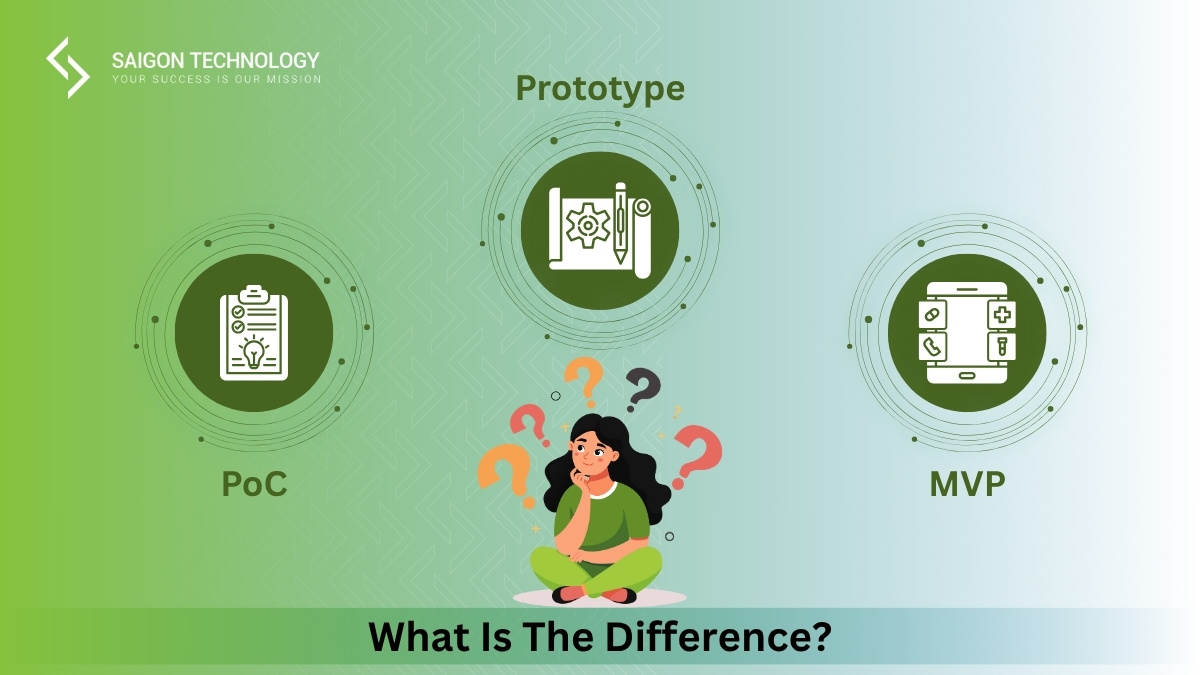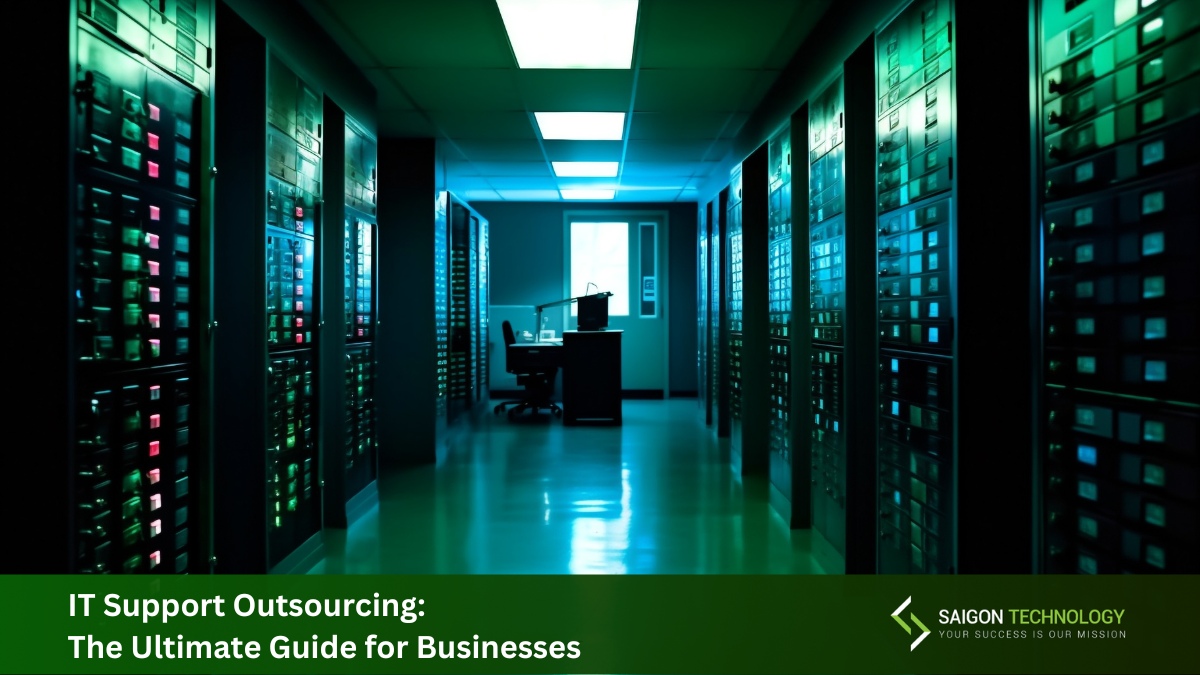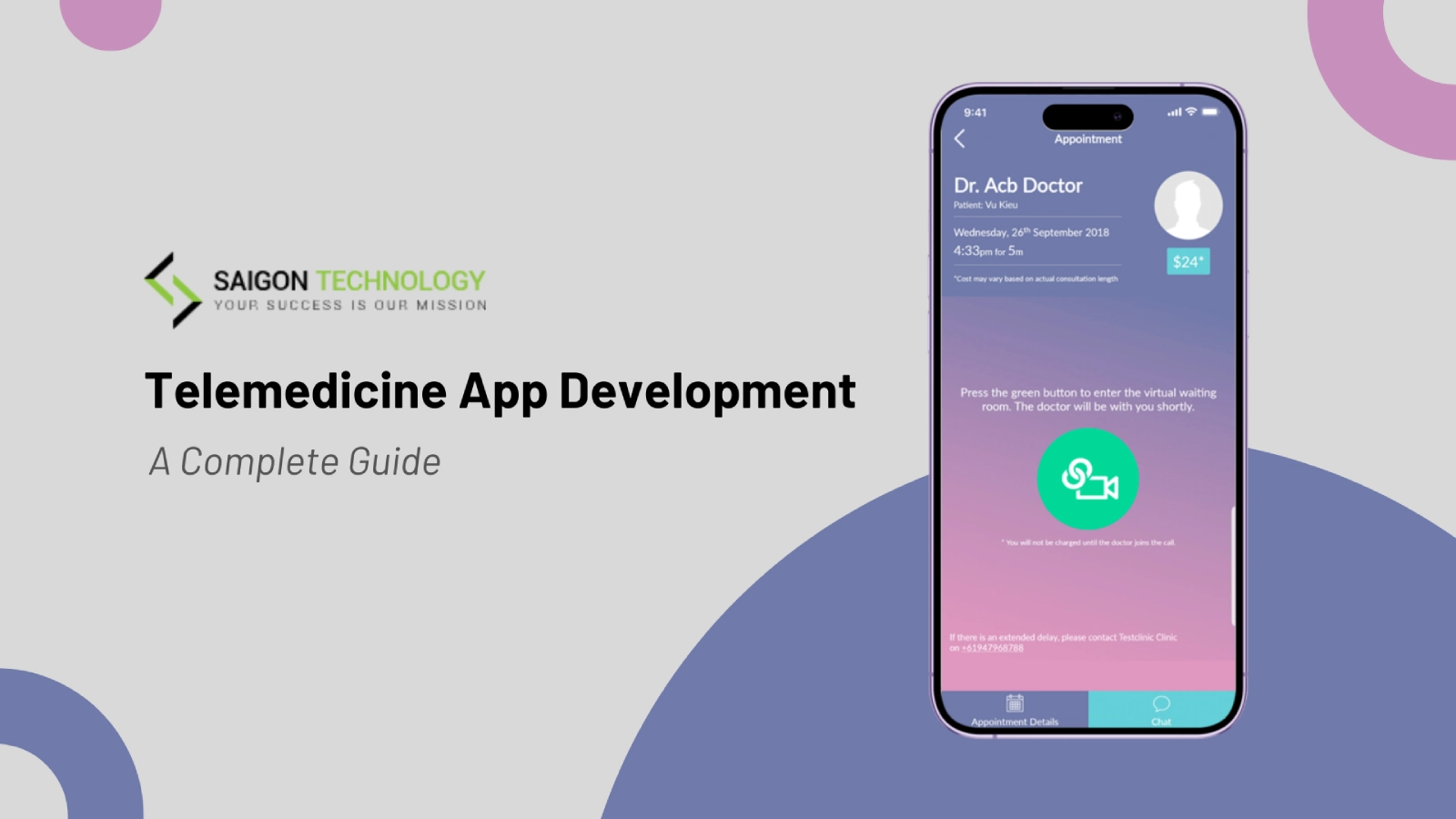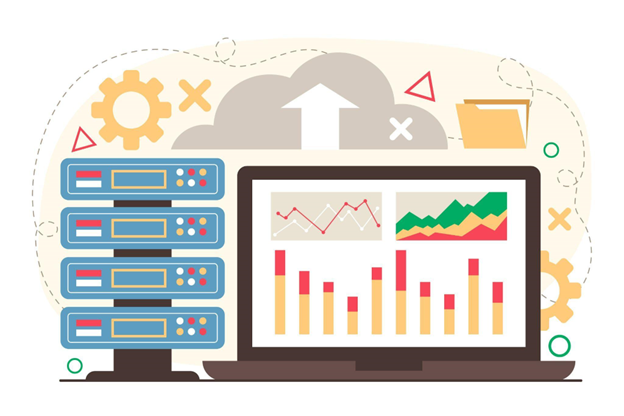The world of information technology in general – custom software development in particular – is always moving, and constantly innovating. The emergence of a wide range of buzzwords exemplifies this innovation. Some of these breakthrough technologies enhance applications’ performance, while others change how things are produced. And the application of serverless computing is no exception.
Businesses have been compelled to turn to cutting-edge architectures, such as serverless computing discovered in this article, in order to effectively allocate resources, increase application performance at the lowest feasible cost, and tighten management to optimize software development operations.
What is Serverless Computing?
This reminds us of Gartner’s famous quote “: Serverless architectures enable developers to focus on what they should be doing — writing code and optimizing application design — making way for business agility.”
An O’Reilly recent study has indicated that 88% of companies utilize some kind of cloud computing. This implies that enterprises move from storage and infrastructure to increased productivity and agile work culture. Language-independent scalability, selective scaling, simple enhancement, and separate deployments are all features of a significant architectural model.
The most common architecture currently in the software business is serverless computing. This architecture utilizes Software Developers to manage and maintain servers and back-end infrastructure concerns and enables Developers to focus their attention on the essential application functionality. By using serverless computing services and other single-purpose APIs and Web services, Developers may construct ‘quick time to market’ systems.
And AWS has raised the pioneer flag with AWS Lambda officially launched in 2014 – the platform trusted by many worldwide famous brands – as their first commercialized serverless platform. It is an event-dependent computer service, with no trouble with providing or managing servers. Only when the code is running, do you pay for the computer time? An abundance of famous brands that currently also trust AWS Lambda including Nike, DISH, CDK Global, Intuit… More dramatically, the drive competitions were also introduced by Microsoft – Azure Functions, and Google – Google Cloud Functions, providing users additional choices.
In actuality, serverless computing will be covered in two distinct domains (though a bit overlapping):
- Backend as a Service (BaaS): Initially, servers have been used to define applications or administer a server-side logic that includes apps and services that are largely third-party or cloud-based. Mobile apps and Web applications, for instance, are full of features and sophisticated interfaces.
- Function as a service (FaaS): Serverless also means applications in which server functionality is developed by developers themselves but operates in event-driven and ephemeral stateless computer containers (one invocation only may last)/short-lasting, completely serverless providers. The app may invoke a function on demand using this design.
The Application of Serverless Computing
You need to grasp some fundamental Serverless Architecture principles to get more efficient, cleaner, and manage server implementations before starting your software development with a serverless architecture. In other words, the application of Serverless computing in custom app development is demonstrated through these concepts during the implementation of the system completion project:
- Execution on request: The deployment and execution of a functional service should be carried out by a Serverless computer, such as AWS Lambda, Azure Functions, Auth0, or Google Cloud Function. No servers or containers of your own must be run or managed. Serverless services handle the execution of functions/codes on request.
- Unparalleled functions: While working with the serverless architecture, you have to remember that a single job should be performed according to one principle of responsibility.
- Push-based pipeline: A serverless computing service can be used to coordinate operations across multiple services. Furthermore, creating an application in such a manner that it generates event pipelines and eliminates polling or manual intervention everywhere may be viewed as a desirable thing to do for optimal self-optimization.
- Large and dynamic front end: Sophisticated or heavy UIs can be used to manage client requests or interactions in a serverless architecture. The front-end factor should thus be intelligent enough to connect directly with the services in order to decrease the number of serverless operations.
- Usage resources from other parties: First seek services produced by others that can meet the requirements and analyze the risk considerations for third-party services before the code is built for the requirement. This reduces your application development time if you use this concept.
Emerging Reasons Why Serverless Computing Effects on Cloud Computing
Customer experience improved
It can be said that end-users always desire a smooth user experience, which functions as a major distinction. With serverless computing, your customers may be based on the nearest serverless node, depending on the user activity, so the user’s reaction time is almost negligent. Besides, serverless computing saves time for computing, storage, and network resource design and deployment. According to this point, businesses might intelligently enhance the user experience, product characteristics, and more holistically. In addition, this ensures that clients visit the application again.
Quick Deployment
The largest trend in cloud development is Serverless. It might take a long way to deal with the issues of the application based on infrastructure. All the instances of the running software are provided by cloud service providers and all servers are provided. Therefore, they are responsible for providing serverless functionality throughout the backend infrastructure. It can be said that the development of scalable applications may be simplified fast and in a more cost-effective manner using serverless architecture. Besides, Netflix and Uber are some of the largest brands that have used native cloud methods.
Cost reduced
The power streaming costs have been lowered to part of the data center expenditures. This was made feasible by the flexibility the cloud offers to optimize and decrease the cloud footprint of the company. There is also a significant advantage with regard to economies of scale that can only be achieved by invading the cloud ecosystem.
A good example of this is perhaps two well-known names: Netflix and Coca-Cola. The migration of existing AWS EC2 instances to Lambda serverless is believed to be emphasized before decreasing expenses. Another popular name may be Heavywater Inc. After deciding to move to serverless architecture, Heavywater Inc. saw its AWS cost significantly decrease. Some of the immediate advantages are lower expenses, a reduction in human involvement, a significant reduction in EC2 to 211 cases, and a reduction in SWF mistakes.
Bottom Lines
Taking control of their scalability, flexibility, and cost is always something that every business wants. And these wishes will come true if companies decide to run serverless. Since human beings are currently experiencing an era of rising demand for applications of size, leverage, and spin, and the future of cloud technology is serverless with a path forward. Though it does not include the hosting of servers without servers, it does assume responsibility for the more accurate safeguarding, hosting, and implementation of applications, and lower price burdens.
Want to get further information about how Serverless Computing can be taken advantage of for your own business? Simply leave your brief requirement here to get a free quote. Saigon Technology is waiting to support you.

